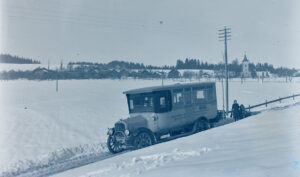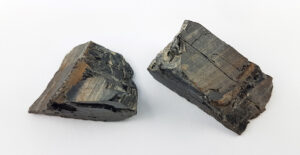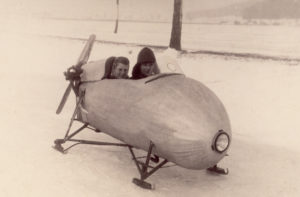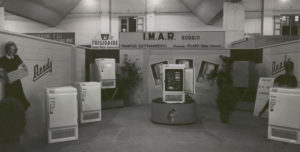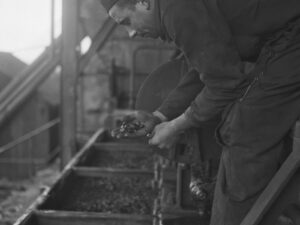
Coal and uranium for the fatherland
During World War II Switzerland, which has few mineral resources, was on a frantic hunt for natural resources within its own borders. The Bernbiet was one of many regions where boreholes were dug, hillsides were excavated and evaluations were carried out.
